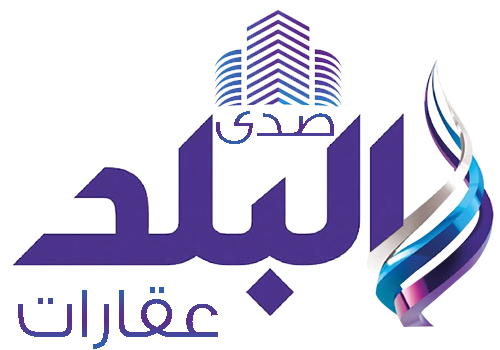By: Ali Abu Dashish
Egyptians are known for their love of life.. they have always been keen to celebrate feasts, and made special occasions as 'Eid', to an extent they were called as 'Eid makers'.

Egyptian Archaeologist Dr. Hussein Bassir said that ancient Egyptians were interested in celebrations and holidays and were almost among the first peoples of the world to celebrate feasts. Those occasions were too many in Pharaonic Egypt. Some were associated with the astronomical calendar, the lunar calendar, the world of heaven and the Gods. There were other anniversaries, which included national, local, seasonal, political, religious and funerals
Ancient Egyptians used the word "love" meaning "Eid" and the word "love nefer" means "happy holiday". Festivals were usually recorded inside Egyptian temples in concert halls, or written on papyrus. It was placed in the library of the temple "Ber Ankh" such as the lists of holidays recorded in the royal temples of the modern state.
During the ancient state, feasts were celebrated as purely religious ceremonies; the celebration began with the slaughter of animals as sacrifices and offering them as gifts to Gods, distributing them among the poor people. Some of them were presented to the priests of the Temple of God for distribution as well.
Palm trees were main plants characterizing the festivals, especially the New Year; the palm of would symbolize the beginning of the year since it reflects renewed life.

One of the oldest customs which emerged with the celebrations, especially New Year's Day, is the preparation of Kahk, or Ka'ak al-Eid (a small circular biscuit) and pies. Later it turned to be deep rooted tradition in celebrating all feasts. At the beginning, they were being garnished by religious engravings.
The New Year's Day, during the modern state, turned from a religious occasion to become a popular one, celebrated by everybody, again by preparing Kahk.
The Kahk dates back to the ancient Pharaonic times, and It was called the disc, made in a circular shape because it was related to the sun's shape, a sacred part of the universe. It was decorated with straight lines like the golden sun rays.
There are some engravings which feature the preparation process of Kahk, located inside the tomb of Minister Rakhmira, in Luxor. It dates back to the 18th Dynasty, as well as other tombs. Honey was added to the ghee over heat, followed by a certain amount of flour. These materials were mixed together until it become a filling that can be formed in any shape. The kahk were being filled in with dates and decorated with fruits. The kahk were engraved with nearly 100 different shapes. Its industry has vastly flourished throughout ages.












